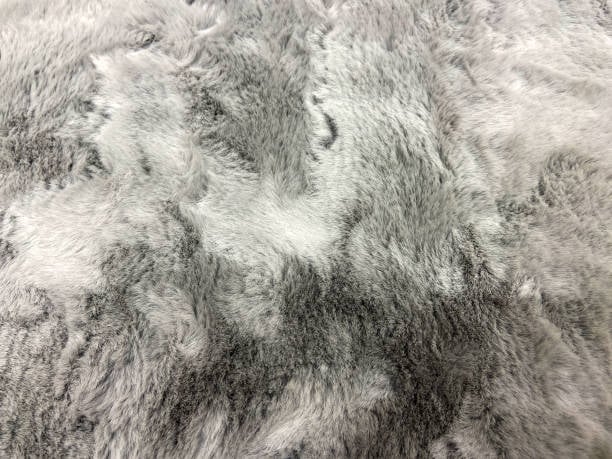Table of Contents

How to cut and sew fake fur?: A Comprehensive Guide
When it comes to working with fake fur, cutting and sewing can be a bit challenging. However, with the right techniques and tools, you can create stunning fur garments and accessories. In this article, we will guide you through the process of cutting and sewing fake fur, ensuring you achieve professional-looking results every time.
1. Choosing the Right Tools and Materials
Before you embark on your fake fur sewing project, it's important to gather the necessary tools and materials. You will need a sharp pair of scissors, preferably one with serrated blades, as well as sewing pins, a hand sewing needle, and a sewing machine with a heavy-duty needle. Additionally, ensure you have the appropriate fake fur fabric for your project, as there are various types available.
2. Preparing the Fake Fur
Before you start cutting the fake fur, it's essential to prepare the fabric properly. Begin by laying the fur fabric on a flat surface, with the fur side facing down. Gently comb through the fur using a wide-toothed comb to ensure it is smooth and free from any tangles or knots. This step will make it easier to cut and sew the fabric without damaging the fur.
3. Marking and Cutting the Fabric
One of the key aspects of successfully cutting fake fur is marking the fabric correctly. Start by using tailor's chalk or a fabric marker to trace the pattern onto the backside of the fur. Make sure to mark the outline precisely, as any mistakes may be visible on the finished product. Once you have marked the fabric, carefully cut along the traced lines using your sharp scissors. Remember to cut only through the fabric backing and avoid cutting the fur itself.
4. Dealing with Shedding Fur
While working with fake fur, shedding can be an issue. To minimize shedding, you can try placing the fabric in a plastic bag and popping it into the freezer for a few hours before cutting and sewing. Freezing the fabric helps to reduce static, which can lead to shedding. Additionally, avoid excessive handling of the fur during the sewing process to further minimize shedding.
5. Sewing Techniques for Fake Fur
When it comes to sewing fake fur, there are a few techniques you can employ to achieve professional-looking results. First, use a longer stitch length on your sewing machine to avoid damaging the fur. It's also a good idea to sew in the direction of the fur, as this will help hide any visible stitches. If you need to sew two fur pieces together, butt the edges together rather than overlapping them to maintain a seamless look.
6. Seam Finishing
Seam finishing is crucial when working with fake fur to ensure a neat and professional finish. One popular method is to trim the seam allowances close to the stitches and then use a zigzag stitch or an overlocking stitch to secure the edges. This technique helps prevent the fur from fraying and gives the seams a clean look.
7. Creating Openings and Closures
If your project requires openings or closures, such as buttonholes or zippers, it's important to handle them with care. When creating buttonholes, mark the position on the fabric and cut a small slit through the backing, making sure not to cut the fur. For zippers, hand baste the fur fabric to the zipper tape before sewing it in place using a zipper foot on your sewing machine.
8. Adding Trims and Embellishments
Adding trims and embellishments can elevate the look of your fake fur creation. When attaching trims, such as ribbons or sequins, use a hand sewing needle to ensure precise stitching. Take your time and sew through the fabric backing, being careful not to catch the fur in the stitches. This technique will help maintain the luxurious look of the fur while securely attaching the trim.
9. Cleaning and Care
Proper cleaning and care will help prolong the life of your fake fur creations. Always check the care instructions provided by the fabric manufacturer and follow them accordingly. In general, fake fur can be spot cleaned using a mild detergent and warm water. Avoid excessive rubbing or twisting, as this can cause the fur to become matted or damaged. Allow the fabric to air dry completely before brushing it gently with a wide-toothed comb to restore its fluffiness.
10. Practice Makes Perfect
As with any skill, practice is key to mastering the art of cutting and sewing fake fur. Start with smaller projects to familiarize yourself with the techniques and build your confidence. Experiment with different patterns, colors, and textures to create unique fur creations that showcase your personal style. With time and practice, you will become an expert at cutting and sewing fake fur.
